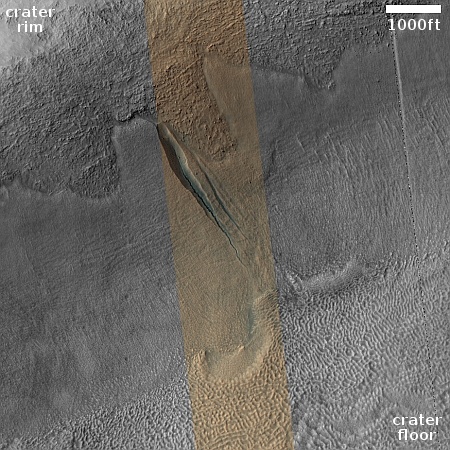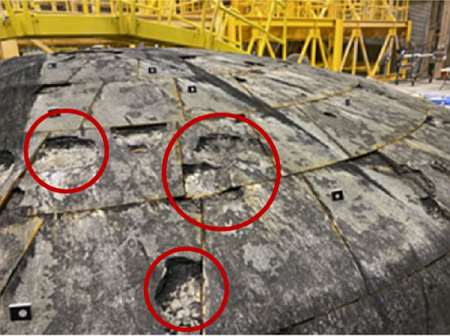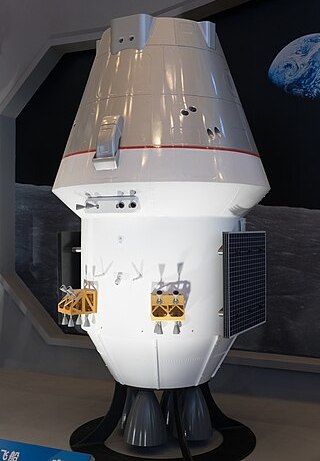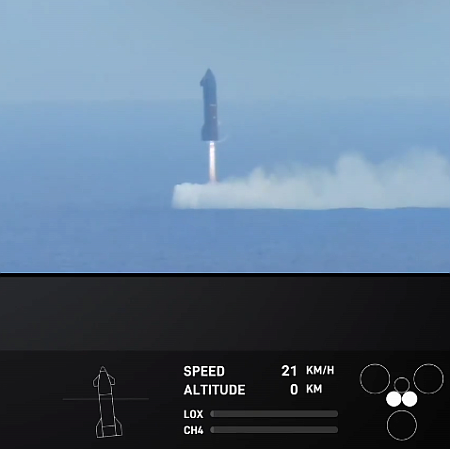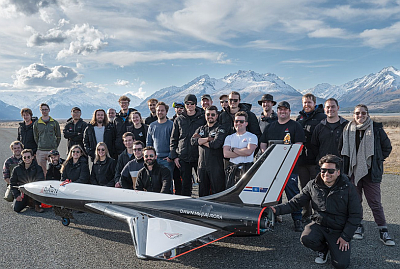Distinct gully draining the side of a Martian crater
Cool image time! The picture to the right, cropped, reduced, and sharpened to post here, was taken on August 20, 2024 by the high resolution camera on Mars Reconnaissance Orbiter (MRO). The science team labels the entire picture simply as “gully,” obviously referring to that distinct and somewhat deep hollow in the middle of the picture.
Most gullies that have been found on Mars tend to look more eroded and rougher than this hollow. Here, it appears almost as if the process that caused this gully occurred relatively recently, resulting in its sharp borders that have not had time to crumble into softer shapes.
The crater interior slope is about 1,500 feet high. Whatever flowed down it however did not do it in an entirely expected manner. As it flowed it curved to the west, so that the impingement into the glacial material that fills the crater floor is to the west of the gully itself. Either that, or that impingement was caused by a different event at a different earlier time.
» Read more
Cool image time! The picture to the right, cropped, reduced, and sharpened to post here, was taken on August 20, 2024 by the high resolution camera on Mars Reconnaissance Orbiter (MRO). The science team labels the entire picture simply as “gully,” obviously referring to that distinct and somewhat deep hollow in the middle of the picture.
Most gullies that have been found on Mars tend to look more eroded and rougher than this hollow. Here, it appears almost as if the process that caused this gully occurred relatively recently, resulting in its sharp borders that have not had time to crumble into softer shapes.
The crater interior slope is about 1,500 feet high. Whatever flowed down it however did not do it in an entirely expected manner. As it flowed it curved to the west, so that the impingement into the glacial material that fills the crater floor is to the west of the gully itself. Either that, or that impingement was caused by a different event at a different earlier time.
» Read more

